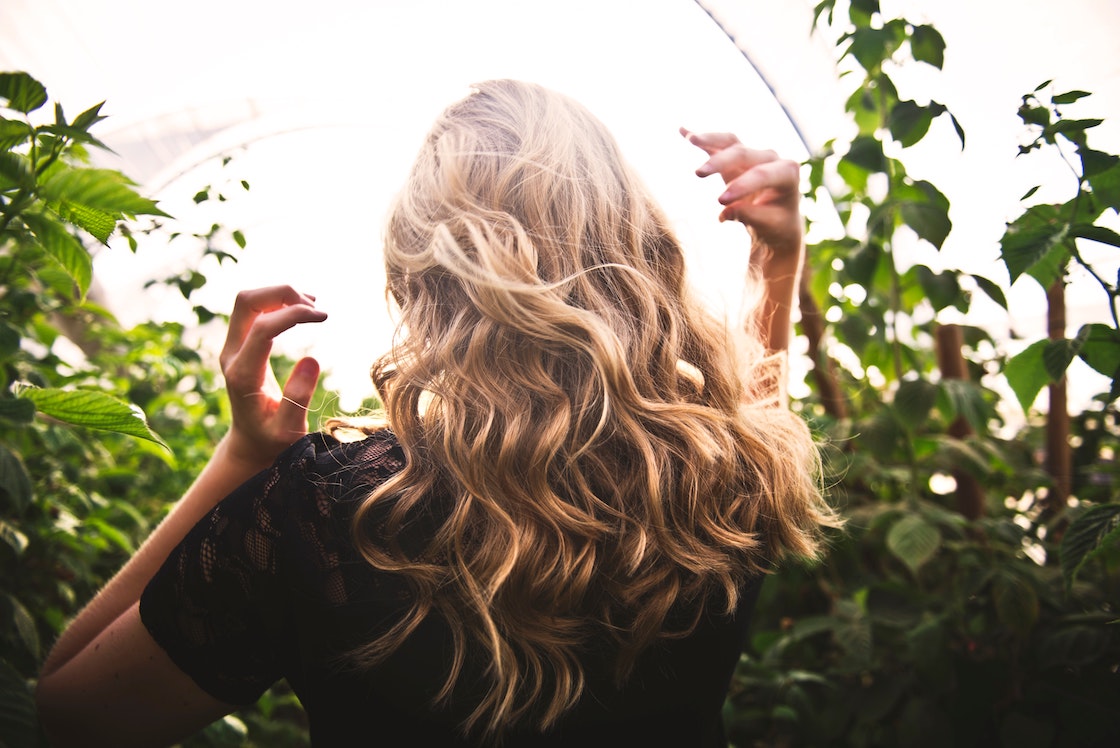Table of Contents
Many people turn to dry shampoo as a way to refresh their hair between showers.
Dry shampoo doesn’t require water, so it can be an ideal way to conserve during a drought.
Most of all, dry shampoo is fast and efficient and can be applied anyplace at any time.
However, as the use of dry shampoo has increased, concerns have arisen.
Is dry shampoo safe? Are there sacrifices made for the convenience of dry shampoo? Does dry shampoo actually cause hair breakage, hair loss, or damaged, clogged hair follicles? Below we will explore this topic and get to the bottom of some potentially negative side effects of using dry shampoo.
Is dry shampoo bad for you?
As with many other things in life, dry shampoo can be safe when used in moderation. However, extended daily use can have negative effects on your scalp that you should be aware of. Consider the following points:
- Dry shampoo doesn’t clean your hair – Dry shampoo is made from starch and alcohol that is sprinkled or sprayed onto the scalp. It doesn’t actually remove any oil or dirt the way that normal shampoos will, but it does tend to absorb oil, reducing the greasy look that comes with dirty hair. In this sense, dry shampoo is kind of like a shortcut similar to a superficial paint job.
- Dry shampoo can result in hair breakage – Dry shampoos often contain alcohols that suck the moisture out of the hair. When the hair is dry, the strands may crack and get tangled when you try to comb or brush your hair. The end result is typically breakage.
- Overusing dry shampoo can clog hair follicles – If you use dry shampoo multiple times a day or leave it in your hair for extended amounts of time, the product begins to build up, which can block the scalp from breathing and clog the hair follicles.
- Too much dry shampoo can lead to an itchy scalp – Overusing dry shampoo can result in folliculitis, a fungal or bacterial infection originating in the hair follicles. A side effect of this condition is chronic itchiness of the scalp.
- Chronically unwashed hair can lead to dandruff – While dry shampoo is not directly linked to dandruff, by not washing your hair, you are allowing oil to build up, which can result in dandruff. In addition, oils on the scalp feed on the Malassezia yeast, causing scaliness and a condition known as seborrheic dermatitis.
- Dry shampoo can stunt your hair’s growth – While dry shampoo may not directly stunt your hair growth, when the scalp is unhealthy, hair loss may be inevitable. Hair follicles that are damaged by infection and clogged with oil may not produce thick, strong hairs as one would hope. The new hair that emerges from these conditions will typically fall out.
- Certain ingredients in dry shampoo have been linked to cancer – Certain commercial dry shampoos may contain talc, a mineral laced with asbestos particles. While today most companies make asbestos-free talcum powders, the American Cancer Society suggests that people who are concerned about talc powder (as used in most dry shampoos) may want to avoid or limit their use of products that contain it.
“Until more information is available, people concerned about using talcum powder may want to avoid or limit their use of consumer products that contain it.”
American Cancer Society, Talcum Powder and Cancer
What are the benefits of dry shampoo?
After going over the potential drawbacks of dry shampoo, it may be worthwhile to examine some of the positive aspects of the treatment. Dry shampoo is extremely convenient for those busy professionals who don’t have time to wash their hair often. People who travel for work may constantly be in transit, and dry shampoo can help them improve their presentation on the road. For people with oily hair, dry shampoo can be an excellent styling aid that adds volume while reducing shine.
How often should you use dry shampoo?
Since overusing dry shampoo has been shown to clog the pores and increase the risk of follicle infections, what exactly is the best way to use the product?
- Most doctors recommend that you not use dry shampoo for more than two days in a row.
- Always hold the canister at least 6 inches from your scalp when applying it and target the hair itself rather than the scalp.
- Avoid spraying the entire head but instead focus on just the areas that are oily, such as the crown and the temples.
- Using a comb, make sure the product is evenly distributed and not clumping or caking up in the roots.
What are some alternatives to dry shampoo?
The best way to care for your hair is to consistently wash and condition it according to your hair type and individual needs. If the particular ingredients in your dry shampoo are of concern, you can always try opting for a more natural or organic version. DIY options for dry shampoo include cornstarch, arrowroot powder, or rice starch.
What is the takeaway?
Dry shampoo, in moderation, can be a quick and convenient way to reduce oily-looking hair. The starch and/or alcohol in commercial dry shampoos will absorb the oil, temporarily making your hair look fluffier. While occasional use of the product won’t cause problems, overuse can lead to a host of issues, including hair breakage, an itchy scalp, dandruff, and clogged hair follicles. To avoid these problems, it is suggested that you only use dry shampoo once or twice a week, opting to actually wash and condition your hair the rest of the time if needed. Finally, if you wish to avoid certain potentially hazardous or carcinogenic ingredients such as talc, you can make your own DIY version of dry shampoo using kitchen items such as arrowroot powder, cornstarch, or rice starch.
Also read:
Photo by Tim Mossholder


